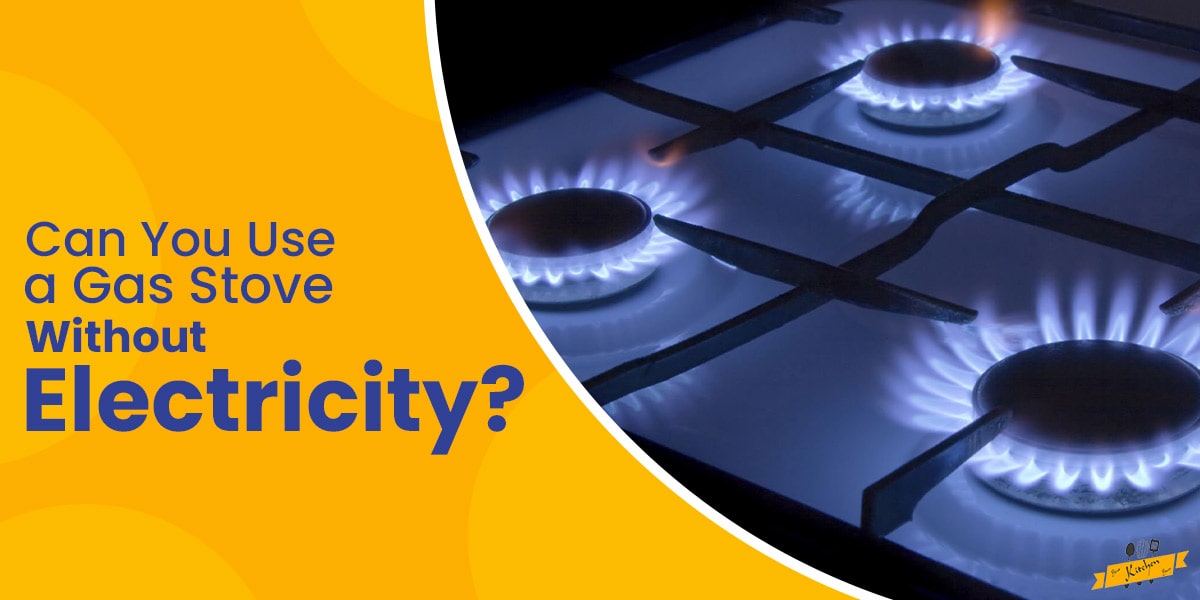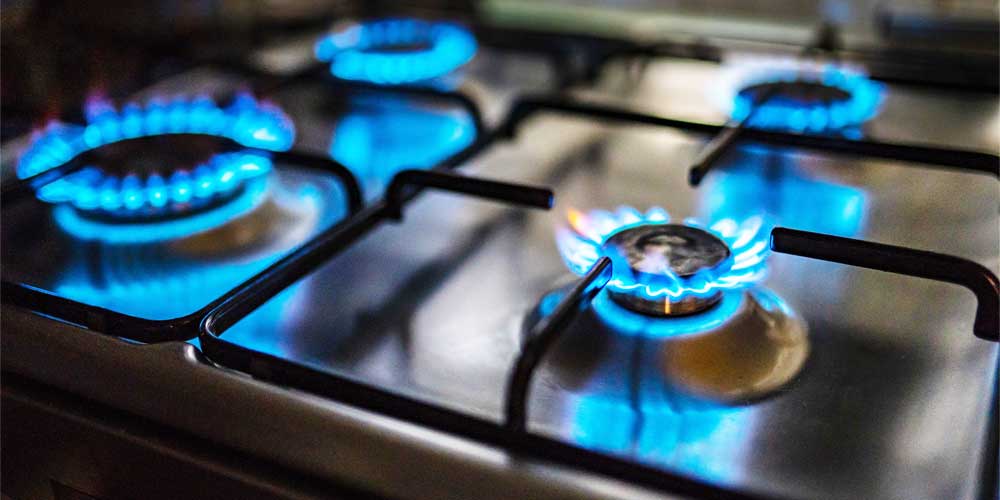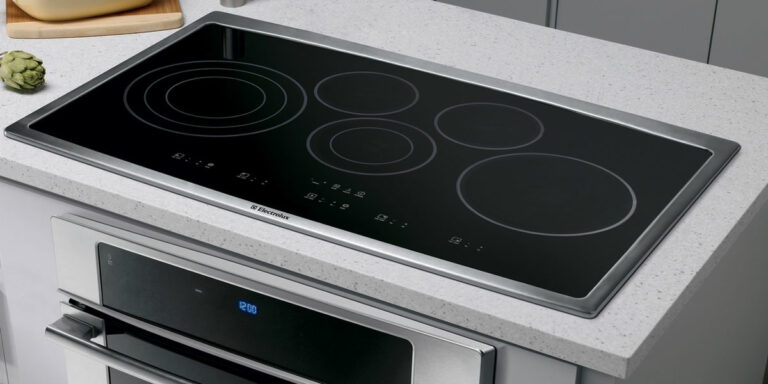Can You Use A Gas Stove Without Electricity?

One of the challenges we faced when we initially lost power after purchasing our home was that we had an electric stove, so cooking was obviously out of the question. I was aware that the home is natural gas-piped, but we never replaced our appliances, hence we went to purchase a gas stove. so I questioned whether I could use a gas range in the event of a power loss and without electricity.
In this article we’ll study the Working of Gas Burners and gas ovens, Will Gas Stove/Oven Still Work Without Electricity, and Faqs and conclusion.
Will My Gas Stove / Range Work Without Electricity?

Even without electricity, gas and propane ranges can still function…
The advantage of older models of stoves and ranges is that gas or propane can still be used even if the appliance is not receiving any electricity.
However, an ignition source will be required. To test whether yours will work, simply turn the knob for a short period while listening for the hiss of the propane or gas. In the case that you hear it, all you need to do is light a match or a lighter next to the burner, then adjust the knob to your preferred setting.
Modern designs are less tolerant of power shortages. They are outfitted with inbuilt safety mechanisms that prevent the flow of gas or propane unless the unit is receiving electricity.
Do Gas Stoves Use Electricity At All?
Gas lines must be connected for gas stoves to work. They also need a little amount of electricity, mostly for digital displays, oven lights, and igniters. There are two types of ignition systems for gas stoves: one that ignites the burner with an electric spark and the other that employs a pilot light that never goes out.
Despite using electricity, an electric igniter is more energy-efficient than a pilot light. Additionally, the electric igniter on a gas stove utilizes a tiny fraction of the electricity of an electric stove.
Understanding The Working Of Gas Burners
The operation of a gas stove is quite simple. In essence, a gas stove circulates gas and air through a burner unit. An igniter will produce sparks to turn the gas into continuous flames as it passes through the burner. For however long it takes to cook your food, those flames will continue to burn when you place your cookware on top of them.
Turning the specific knob for each burner on your gas stove will regulate that burner. The flame will begin to burn when you first turn the knob. After turning the knob, you may adjust the flame’s size and, consequently, the amount of heat it emits.
Understanding The Working Of Gas Ovens
A burner powered by gas is used to cook food in gas ovens. Depending on the model, either a spark generator or a small pilot flame ignites the natural gas needed to power these appliances, which need a consistent supply to operate.
The gas supply is opened when you turn on your gas oven, allowing gas to flow from the mains to your device. Your oven’s spark generator may need to be turned on by pressing an ignition switch; this will produce a spark that ignites the gas and lights the burner. Alternately, if your oven has a pilot light that is always on, that will ignite the gas for you.
Your oven’s regulator monitors and controls the heat throughout cooking to keep the oven at a constant temperature without getting too warm. When the temperature reaches the desired level, the burner will be turned off and the gas supply will be cut off. The oven will automatically turn back on as soon as things start to come down to the proper temperature.
Can I Light My Gas Stove Without Electricity?
In the event of a power outage, older stoves might still function, but most modern models won’t. Before attempting to cook on your gas range, investigate if the manual mentions an interlock.
Gas cannot enter the device without electricity thanks to the interlock feature. It’s a safety feature that was previously exclusive to commercial ranges but is now present in most home ones. The additional methods of cooking during a power outage are listed below if your oven includes an interlock.
Can I Use a Gas Oven Without Electricity?
The simple answer is no, a gas oven cannot be manually lit without electricity. The safety safeguards stop this from happening. For the gas to turn on and ignite, there needs to be enough power flowing through the ignitor coil (about 400 watts). It’s not as easy as just lighting a match to start it, then leaving. Even if it were, would you want to hold a match while sticking your head and arm into the little, gas-filled oven?
Conclusion
If your gas stove was built in the recent few decades, it most certainly uses electricity to light the burners while it is running normally. But if there is a power outage, you may light the burners with matches to get around the electronic ignition. In the event of a power outage, electric stoves are worthless, but gas-powered cooking appliances, even those with electronic ignition, usually allow you to prepare some meals.






